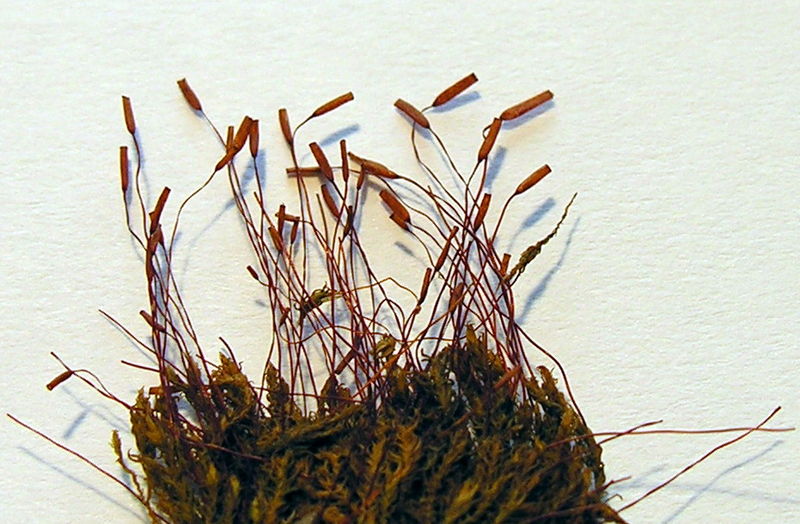
image from: http://azoresbioportal.uac.pt/pt/especies-dos-acores/didymodon-vinealis-11822/
Introduction
Mosses are some of the most ancient and resilient plants on Earth. One particularly interesting species is Didymodon uruguayensis R.H.Zander, a moss in the Pottiaceae family, commonly known as Didymodon. In this blog post, we’ll take a closer look at the unique characteristics and ecological importance of this fascinating bryophyte.
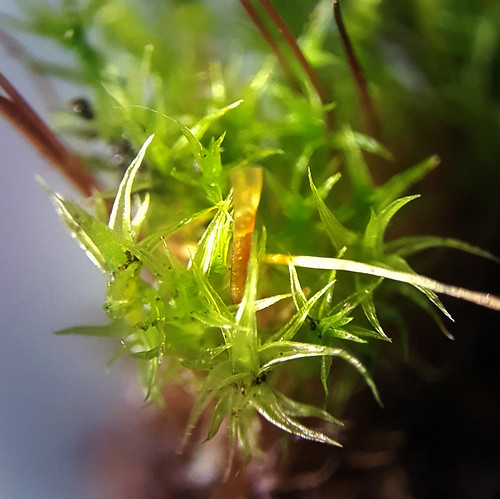
image from: https://www.flickr.com/photos/21657471@N04/49830390536/
Background on Mosses
Mosses are non-vascular plants in the division Bryophyta. Unlike other land plants, they lack true roots, stems, and leaves. Instead, they have rhizoids that anchor them and absorb water and nutrients. Mosses reproduce via spores rather than seeds and are found in a wide range of habitats worldwide, from arctic tundra to tropical rainforests.

image from: https://www.flickr.com/photos/silybum/49784547467
Morphology and Identification
D. uruguayensis
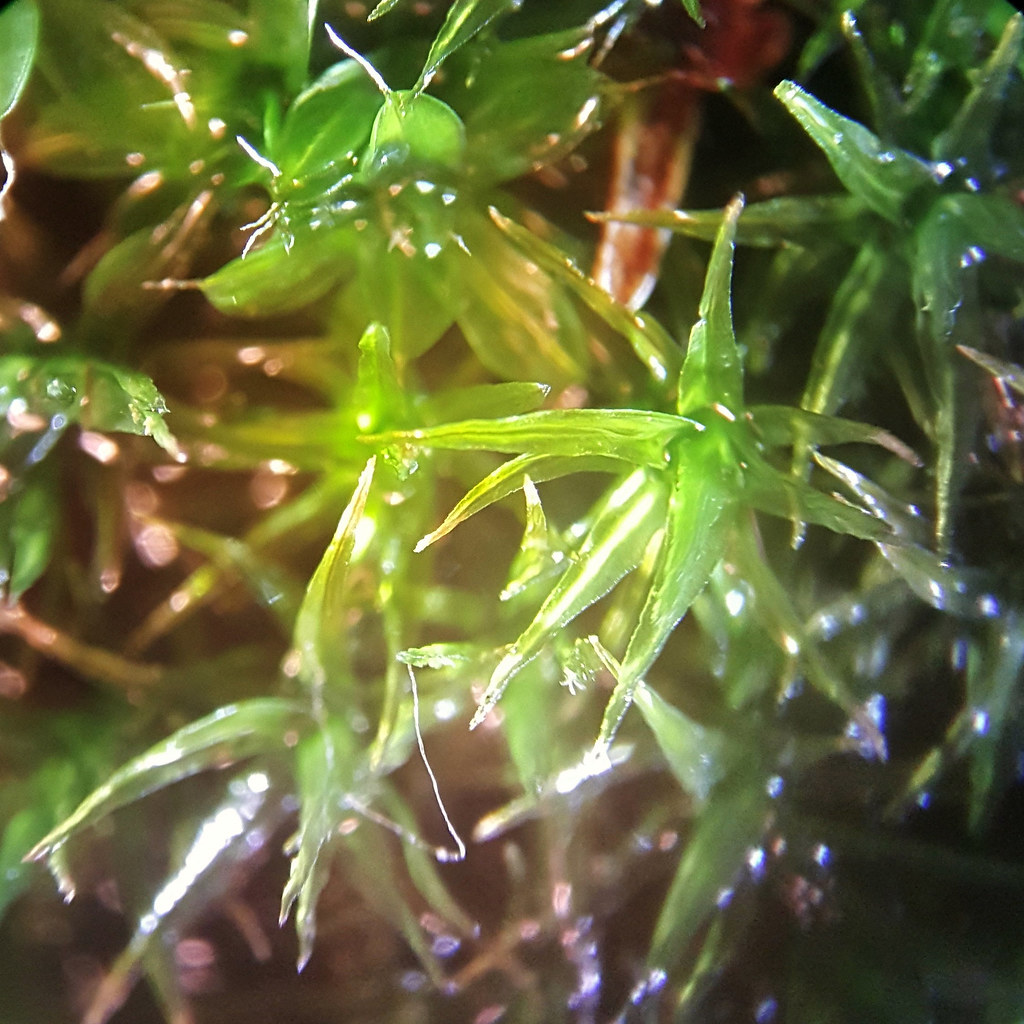
image from: https://www.flickr.com/photos/silybum/51705911232
forms small, dense tufts or cushions. The leaves are lanceolate and have a distinct costa (midrib) that extends to the leaf tip. The leaf margins are entire and the cells are smooth. Capsules are cylindrical and borne on a long seta. The peristome teeth are short and straight.
Key identification features:
- Leaves lanceolate with costa to tip
- Leaf margins entire
- Laminal cells smooth
- Capsules cylindrical on long seta
- Short, straight peristome teeth
Global Distribution and Habitat
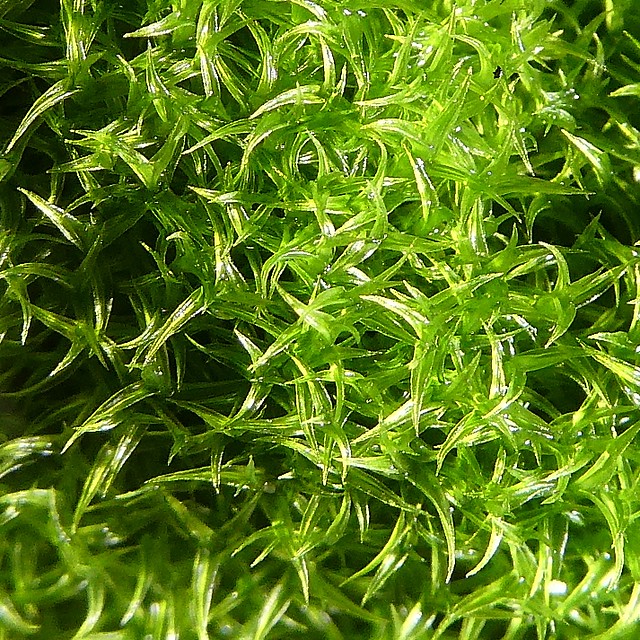
image from: https://www.flickr.com/photos/silybum/50796251326
D. uruguayensis
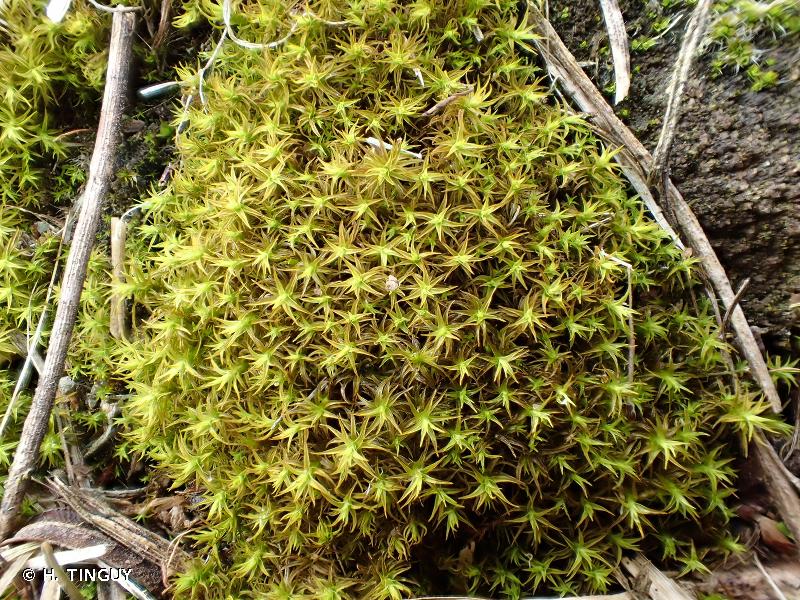
image from: https://inpn.mnhn.fr/espece/cd_nom/5302
is found in South America, specifically in Uruguay, Argentina, and Brazil. It grows on soil, rocks, and tree bark in dry, exposed habitats such as grasslands, rocky outcrops, and open woodlands. The species is adapted to withstand periods of desiccation.

image from: https://waarneming.nl/observation/186598008/
Ecological Roles and Adaptations
Like other mosses, D. uruguayensis plays important ecological roles:

image from: https://www.earth.com/plant-encyclopedia/bryophytes/pottiaceae/didymodon-subandreaeoides/en/
- Erosion control: Moss cushions stabilize soil and prevent erosion.
- Water retention: Mosses absorb and retain water, regulating moisture in their immediate environment.

image from: https://observations.be/photos/24810046/
- Habitat for micro-organisms: Many invertebrates and micro-organisms live among moss cushions.
- Carbon sequestration: As they photosynthesize, mosses remove CO2 from the atmosphere and store carbon in their tissues.
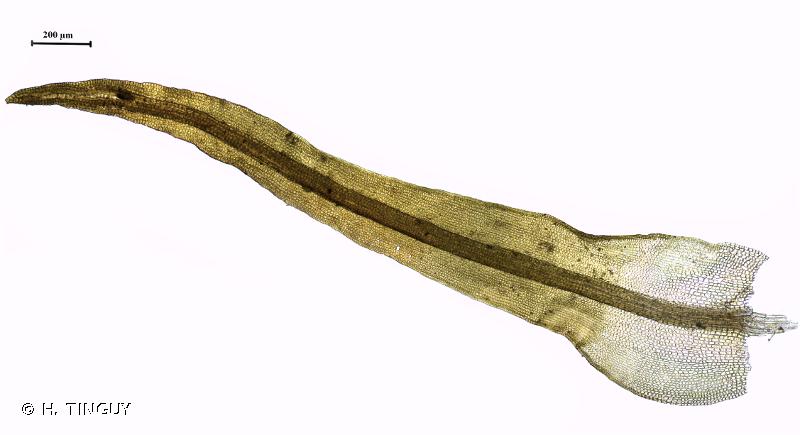
image from: https://inpn.mnhn.fr/espece/cd_nom/5302
D. uruguayensis has several adaptations that allow it to thrive in its habitat:
- Desiccation tolerance: The moss can survive extended dry periods by going dormant.
- Rapid water uptake: Leaves and stems absorb water quickly when moisture is available.
- UV protection: Pigments in the leaves protect chlorophyll from damage by strong ultraviolet light.